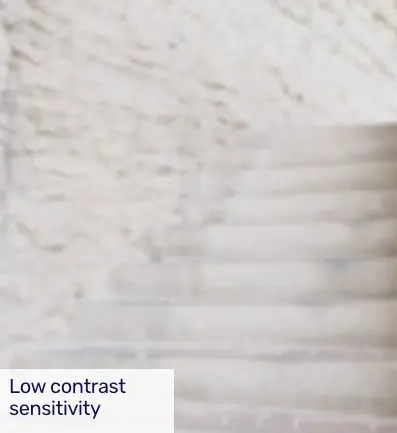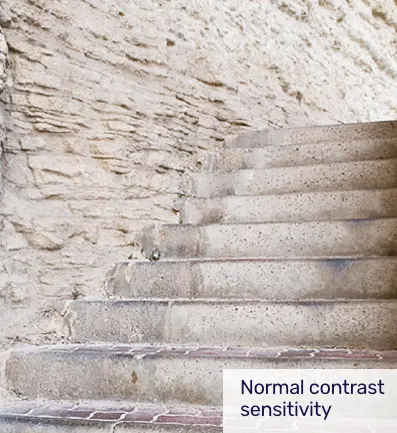From
Brain Science to Full Vision
Eyex Vision Therapy is an advanced neuro-optical training program that enhances visual perception through cognitive reinforcement.
Clinically demonstrated to strengthen eye-brain connectivity and improve visual processing capabilities.


◀ ▶
The average improvement
experienced is advancing over 2
lines smaller on the vision test
chart and a 100% increase
in contrast sensitivity.
Our patients said everything you need to know About Us!
195.8K
Even at an age of 23. She is able to recover from lazy eyes. This therapy is equally effective for adults as well.
-Sneh
5.8K
Another girl of age 10 is easily able to recover by spending just 55 mins towards vision therapy.
-Palak
59.5K
Eyex helped a 20 years girl to regain her vision in both eyes.
-Khushi
11.8K
An 18 years boy improved his vision from 6/18 to 6/6 in just 3 months.
-Tanish
15.8K
Changed the life of a 13 years old boy by fixing his lazy as well as squint eye in just few months.
-Radhe
13.8K
She improved her vision from 6/60 to 6/6 in just 6 months.
-Tannu
65.8K
His dream to become shooter will be fulfilled because of Eyex vision therapy.
-Revnath
19.8K
She is a brilliant girl of age 8. Who recover from 6/36 to 6/6 in just 4 months.
-Pihu